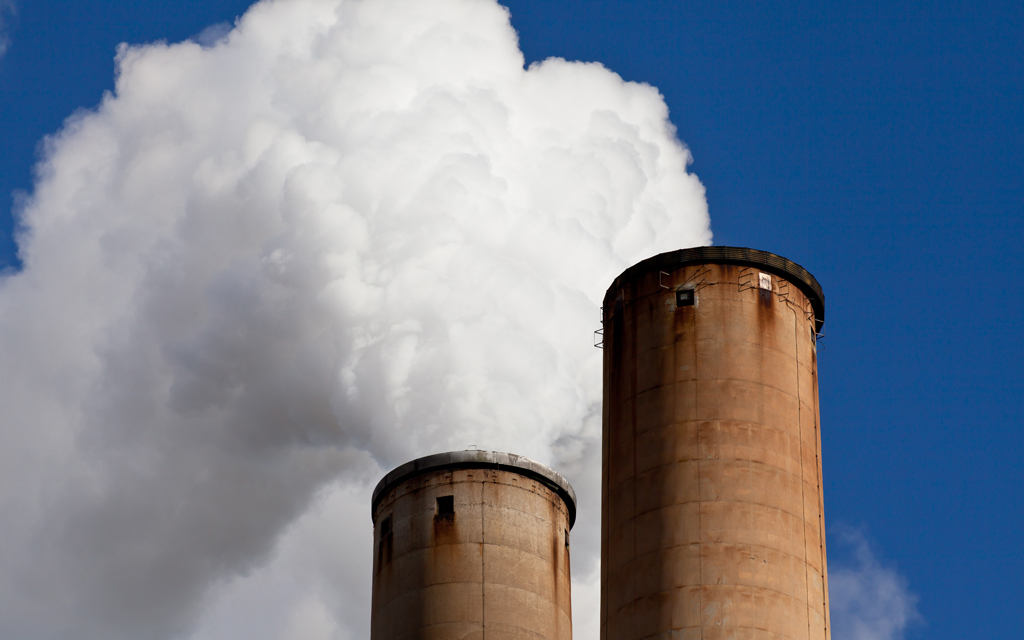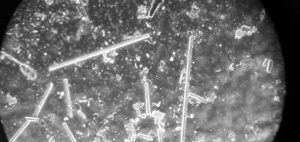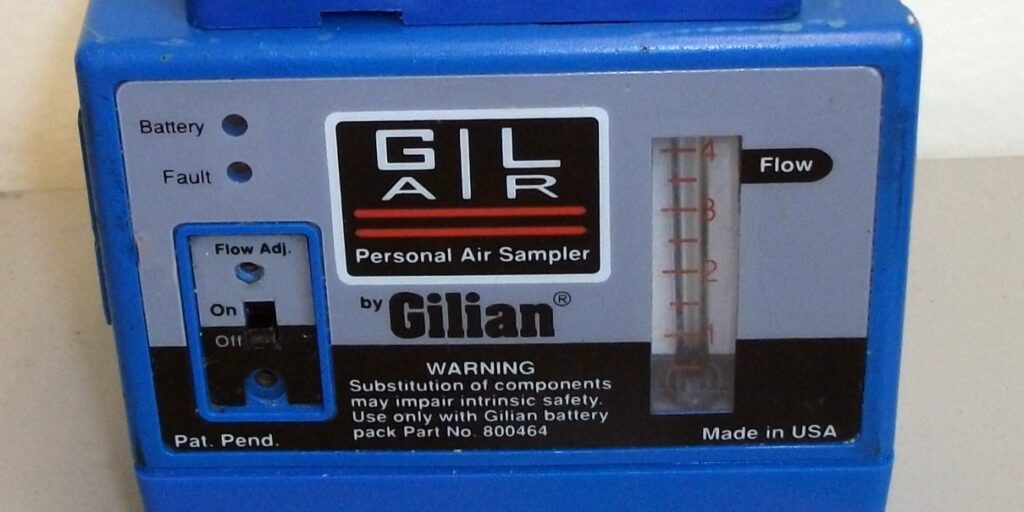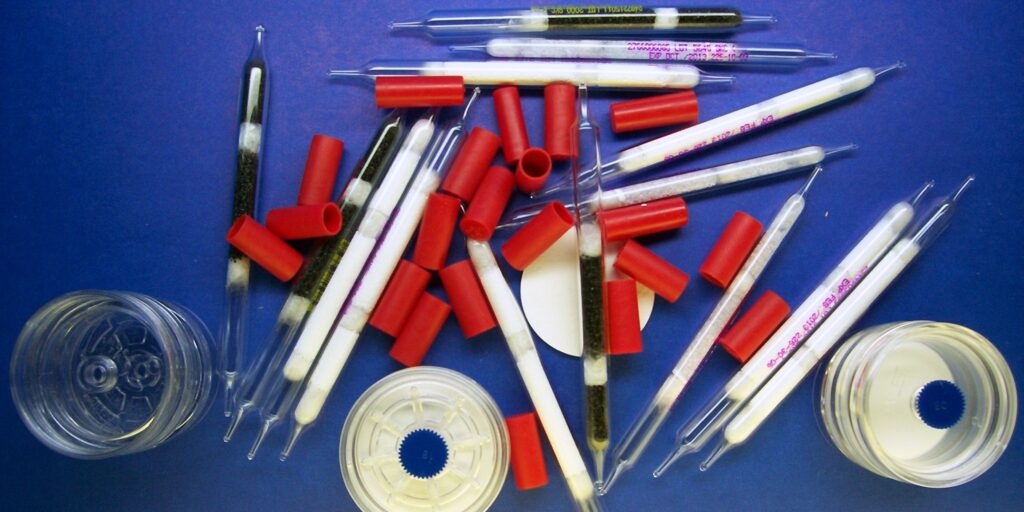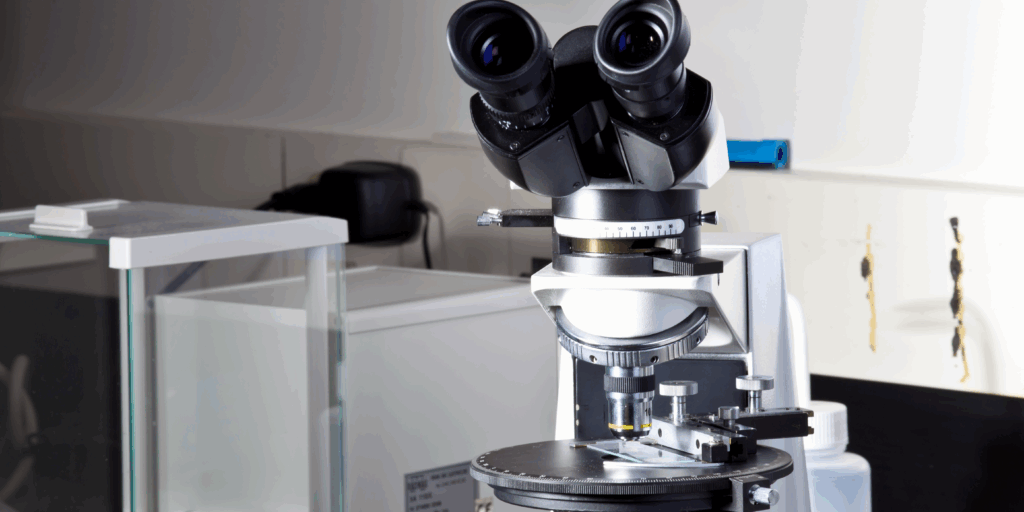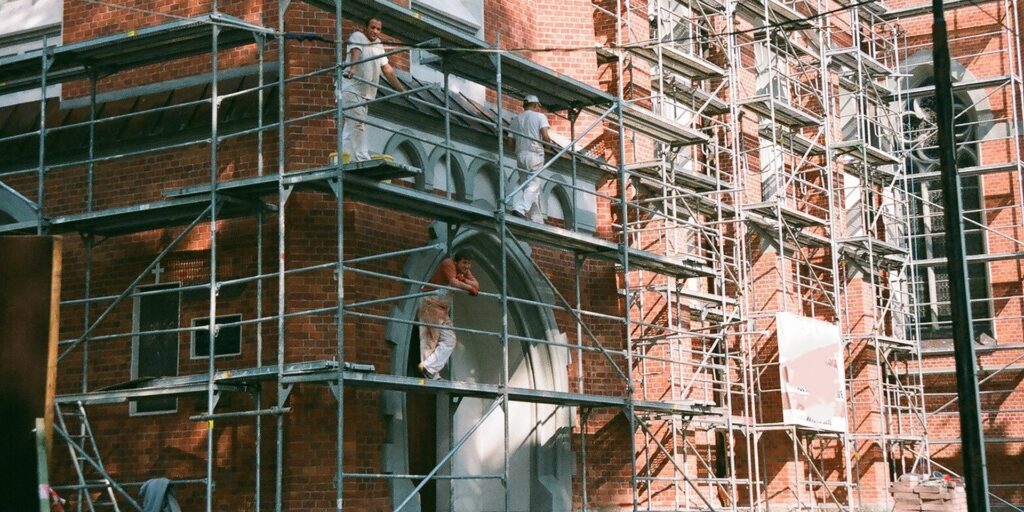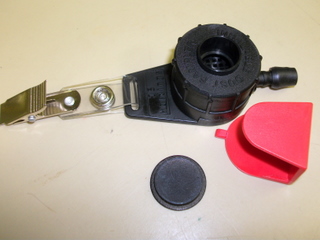Elevated carbon dioxide (CO2) levels can significantly affect indoor air quality and occupant comfort. At LCS Laboratory Inc., we specialize in testing carbon dioxide concentrations as part of our comprehensive Indoor Air Quality (IAQ) screening services.
Carbon dioxide is a natural component of outdoor air, typically present at approximately 400 parts per million (ppm). However, in enclosed spaces, CO2 levels can rise due to human activity and combustion processes, impacting air quality and well-being. Monitoring CO2 is critical to identifying ventilation issues and ensuring a healthy indoor environment.
Technical Details of Our CO2 Testing Service
Indoor CO2 originates from two primary sources:
- Metabolic CO2: Produced by human respiration.
- Combustion CO2: Generated from burning fuels such as natural gas, wood, heating oil, kerosene, or even candles and tobacco.
The comfort threshold for carbon dioxide indoors is generally below 1,100 to 1,500 ppm, where most occupants do not report any air quality concerns. Health Canada advises a maximum safe limit of 3,500 ppm, beyond which minor health effects may occur.
To provide a complete picture of your indoor air quality, we analyse CO2 levels alongside other critical parameters such as carbon monoxide and humidity. This comprehensive approach ensures that we can identify underlying causes of air quality issues and recommend effective solutions.
Contact Us
Protect your indoor environment and ensure the well-being of occupants. For more information about carbon dioxide testing or to schedule an IAQ screening, email us today. Visit our Indoor Air Quality page for additional details: IAQ Testing Services.

